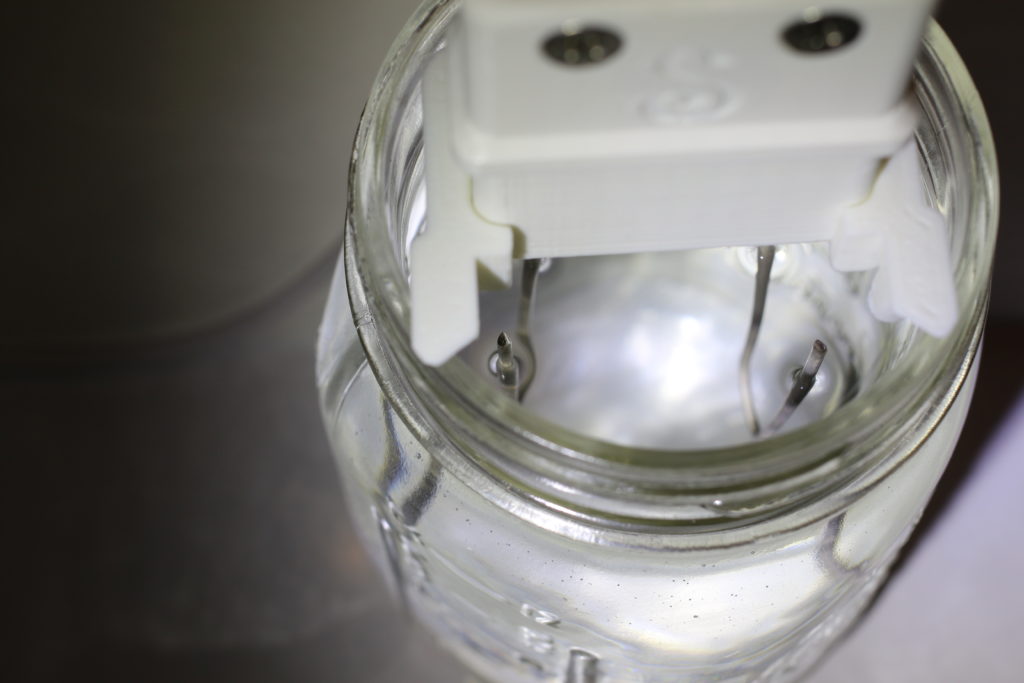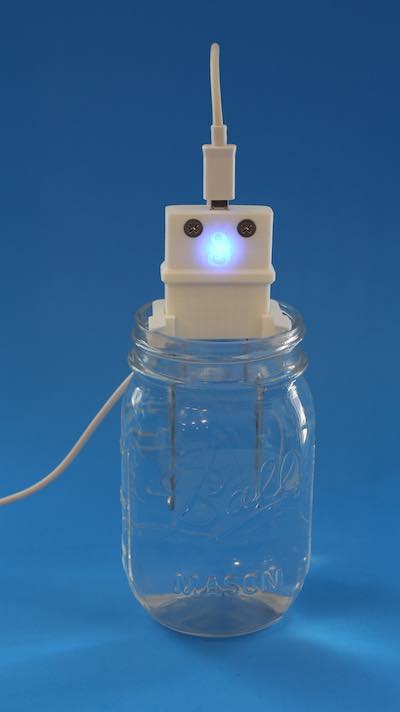What Are Those Flakes In My Jar?
30 Years of Experience with Colloidal Silver
People ask:
“What are those little flakes and silvery bits floating in or at the bottom of the mason jar?”
These flakes and bits are the perfectly normal residue of the colloidal silver making process.

However, as a normal part of the process, there is also some amount of “macro” silver that comes off of the rods. Tiny bits of silver may flake off of the rods due to stress cracks, but most of what you see is silver oxide that forms when oxygen from the air combines with some of the silver from the rods.
Neither the silver flakes nor the silver oxide are at all harmful, but because of their “macro size,” they are not particularly helpful either. This is why we recommend using a paper coffee filter to strain out this “macro” silver residue.
The silver ions and colloidal particles are so small that they flow right through the paper filter, while the macro silver is left behind.

“The content of this website has not been evaluated by the FDA. Nothing herein is intended to diagnose, treat, cure, or prevent any disease.”
Copyright © 2014 to 2024 SILVERengines | Powered by Astra

